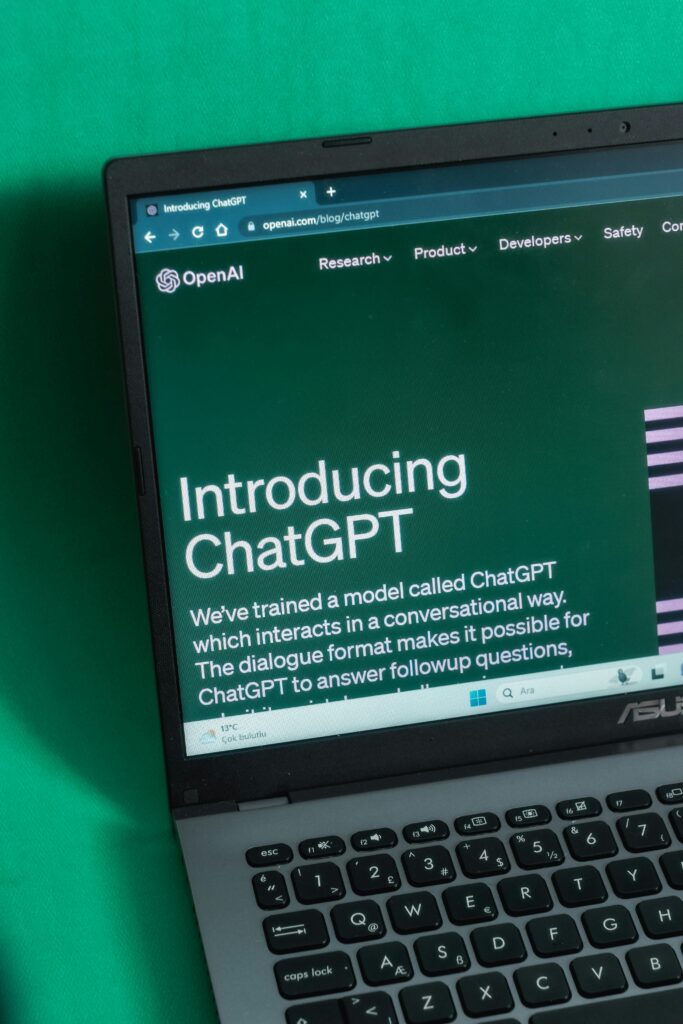If you are a small business and just relying only on SEO in 2025, that’s not a good idea. With so much competition and Google AI Overviews, it takes more time to work in the top 3 than before. PPC advertising has become crucial, as it helps businesses reach their target audience directly and affordably within no time. If you started a new business and don’t have the time to wait for the customers to find you, then PPC is the way.
In this guide, I will share the best PPC strategies and knowledge you need to maximize your ROI. Whether you’re new to or looking to refine your existing campaigns, you’ll discover actionable insights that help you maximize ad spend, improve click-through rates, and ultimately drive higher revenue.
So, let us get started.
How To Craft a Winning PPC Campaign?
Step 1: Identifying Your Target Audience
Finding the right audience is key, whether it’s SEO or PPC. Before you start your campaign, do proper research and learn everything about your ideal customer. Create audience personas that will help you identify more about them.
Consider yourself a customer and search for something you might want to buy. Think about what you will search, will you compare two products/services before buying? What might be the point that you think can help you decide about that?
By knowing what exactly they are looking for, you can turn them into customers.
Here are some extra important things to keep in mind for defining your target audience:
- Demographics: Age, gender, location, income level, education.
- Interests: Hobbies, passions, online activities, favorite websites.
- Behaviors: Online shopping habits, device use, preferred social media platforms.
Pain Points: Problems they face that your business can solve.
Step 2: Finding The Right Keyword
Selecting the keywords can make or break your campaign. It’s the foundation of any campaign. Choosing the right keyword is very important. You are paying Google it’s true but so are other businesses.
As a small business you might be tight on budget so your goal should be finding the keyword which clearly describes your product or service.
Let’s say, if you are a plumber. Going for keywords like “plumbing services” or plumber near me” could be expensive. Some big companies might be bidding with a high budget.
Try keywords like “emergency plumber near me” or “leaky faucet repair (city)“. There’s a better chance that these keywords will bring you some leads than wider terms. Because it narrows your audience to people actively searching for your exact service.
Step 3: Writing Engaging Ad Copy
Grabbing attention in a crowded SERP full of ads is what makes a copy the best. Your ad copy needs to be short, interesting, and show what makes your business special. Skip the clever or marketing language and talk about the needs of your customers directly. Below is an example of what a great copy can be for PPC.
Let’s say you’re running ads for a pet grooming service. This is how you should write your copy.
Headline: “Trusted, Stress-Free Grooming for Your Pet”
Description: “Your pet’s comfort and care come first. Our experienced groomers provide gentle, professional service you can rely on. Book your appointment today!”
Using words like “Trusted, Family Owned Business or Trusted by [Local Community/City Name] is much better than adding words like best or top. Because everyone claims to be the best.
Step 4: Designing a Specific Landing Page
This is one of the most common mistakes every small business makes. Instead of creating a specific landing page for their ads, they use their homepage and run ads. Using your homepage is great but it confuses the customers. They might be searching for something which is not on your homepage, they will simply exit the page.
Your landing page is where conversions happen. Write about what your customers care about most. This will give users a consistent and relevant experience.
Don’t forget to add trust signals. This includes customer testimonials, security badges, and social proof. These will help you build credibility.
Step 5: Navigating Budget and Bid Management
Managing your budget well is important for getting the most out of your ROI. This budget should match your total marketing budget and what you want to achieve with your campaigns. It’s important to keep a close watch on your spending. Make changes if necessary to avoid spending too much and to keep your campaigns making money.
Use bid adjustments to manage your costs and improve your bids. You can do this based on factors like the time of day, the type of device, and the location. For example, if your ads do better on mobile at certain times, you can raise your bids during those times. This can help you get noticed more and gain more conversions.
Step 6: Setting Up Campaign Tracking and Analytics
PPC is not a one time thing. It takes a lot of time and effort to find the right KPIS. By tracking and analyzing your campaign performance, you can make informed decisions and optimize your campaigns for better results.
Utilize Google Analytics to gain deep insights into your campaign performance. Analyze key metrics such as:
| Metric | Description |
| Click-Through Rate (CTR) | The percentage of users who click on your ad after seeing it. |
| Conversion Rate | The percentage of users who complete a desired action after clicking on your ad. |
| Cost Per Click (CPC) | The average amount you pay each time someone clicks on your ad. |
| Cost Per Conversion (CPA) | The average amount you pay for each conversion. |
| Return on Ad Spend (ROAS) | The revenue generated for every dollar spent on advertising. |
Regularly review these metrics to identify areas for improvement.
Step 7: Use Remarketing Tactic To Get More Sales
Remarketing is one of my favorite PPC strategies. It helps you target the users who have visited your website or mobile app before. By showing targeted ads to these specific groups of people, you remind them of their interest in your products or services.
This strategy works very well because users often need to see ads several times before they decide to buy. But if they have already seen something and you present it again in the best possible way, it can change their minds and help them move closer to making a purchase.
For example, if a user leaves items in their shopping cart on your website, you can send them a custom ad featuring those items. This can remind them to complete their purchase. This personal touch can boost your conversion rate and make the most of your ad spending.
Final Takeaway: Unlock Your Business’s PPC Potential
Mastering PPC strategies can greatly help small businesses increase their ROI. But It is important to know the basics, set clear goals, and connect well with your target audience. With focus and smart planning, PPC can be a great investment for any small business.
Running a campaign without proper plan and strategy can waste your budget. But we have a solution for you. Brick Mortar Digital has helped several businesses get more clients and website traffic using PPC in no time and we can do that for you. So if you need help, just contact us and we will take care of the rest.
Want to learn more? Try these links:




